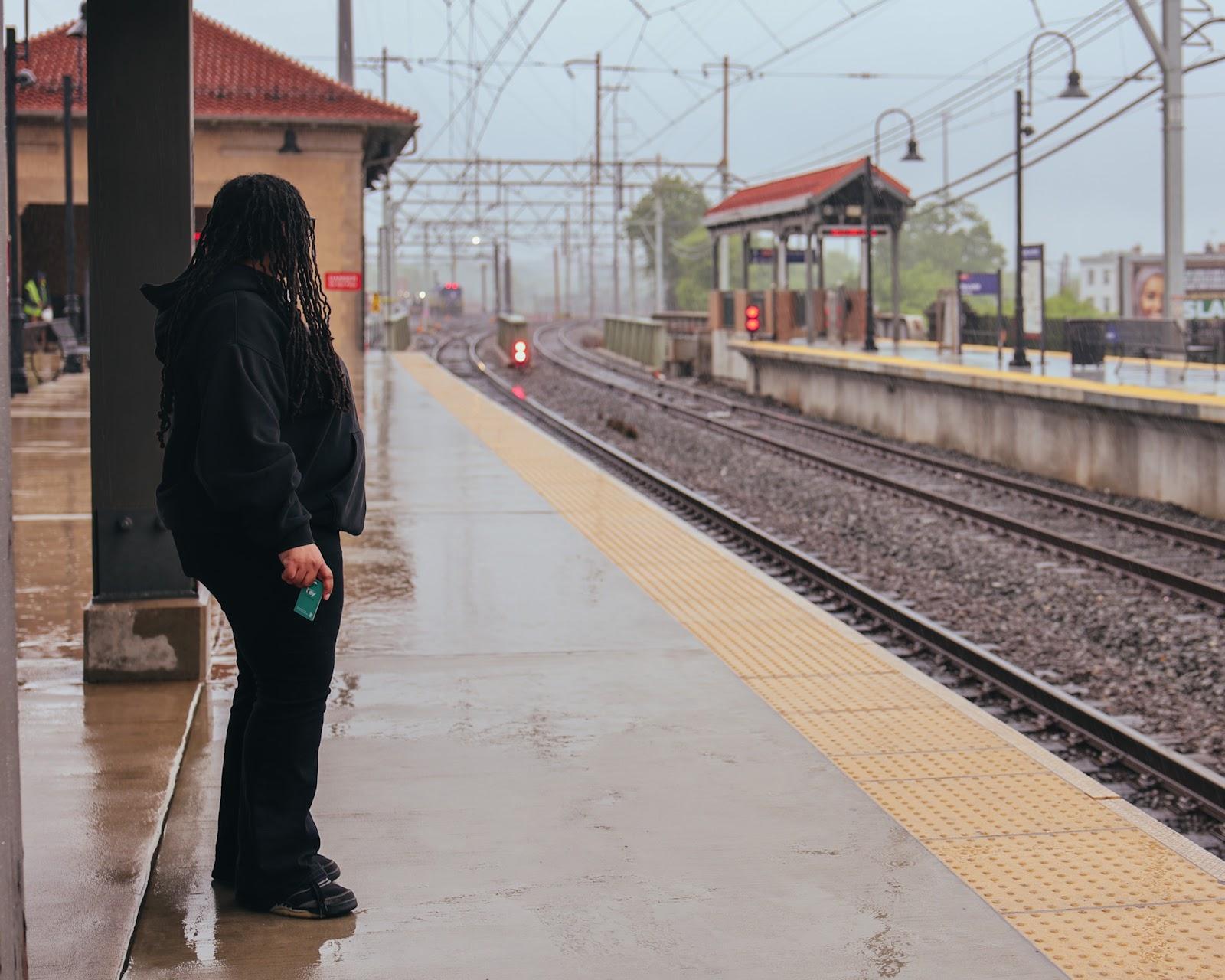Who are you?
What industry do you work in?
At the two-year mark, we’re reflecting on how Philadelphia’s Zero Fare program has become one of the country's most successful universal basic mobility programs, thanks to its community-led, people-first approach.
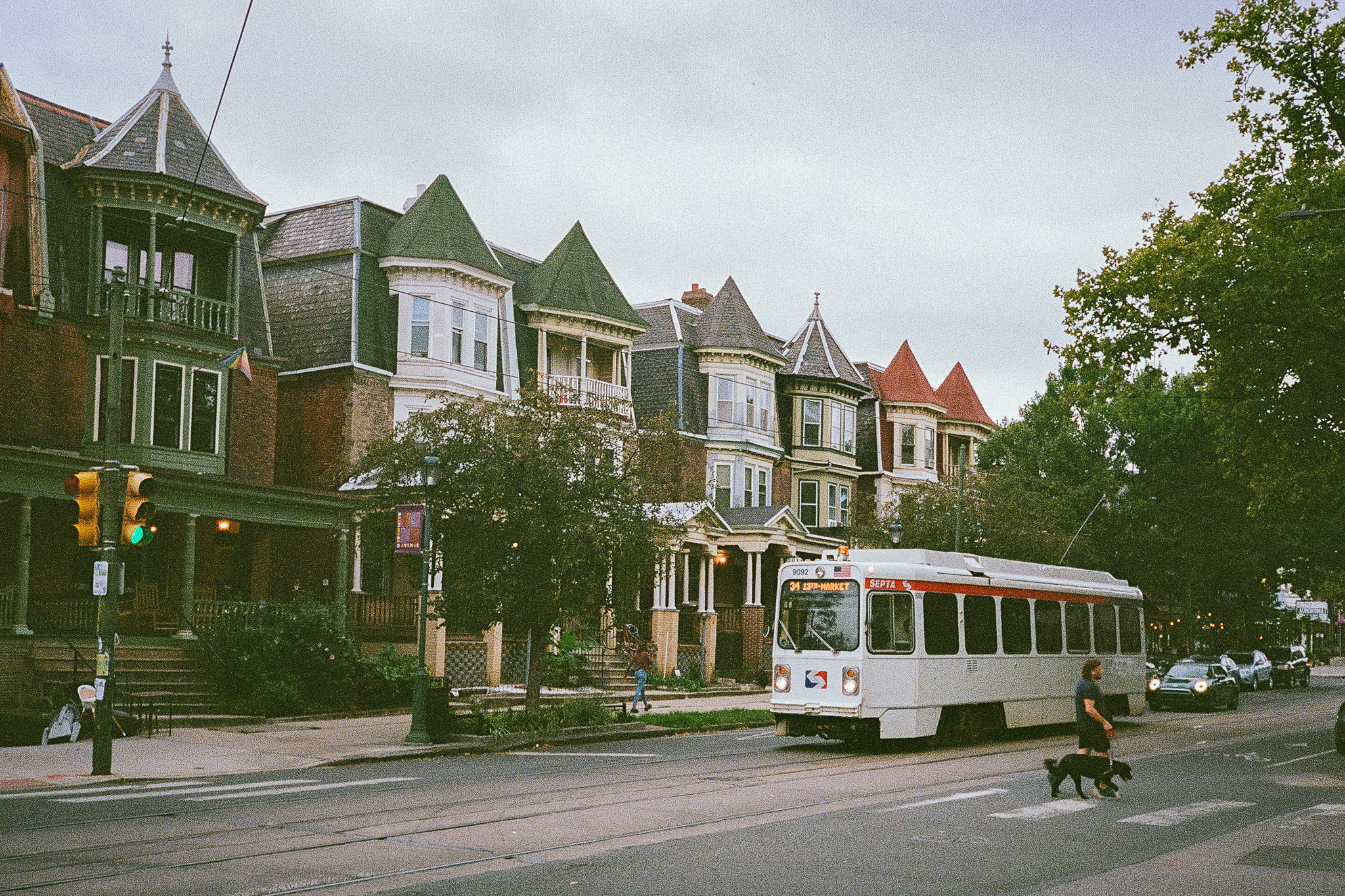
There’s no question that Philadelphia’s Zero Fare program — the pilot program that puts all-access SEPTA passes into the hands of low-income residents — works. The first year alone totaled 4.3 million trips, according to their One Year Update, with some folks calling the program a “life changer”.
As this summer marks the two year anniversary of the program’s funding, and as Jawnt continues supporting its day-to-day operations (more on that below), we thought it was a perfect opportunity to reflect back on the pilot and to share the experiences of some of the riders themselves.
But first, a bit of background.
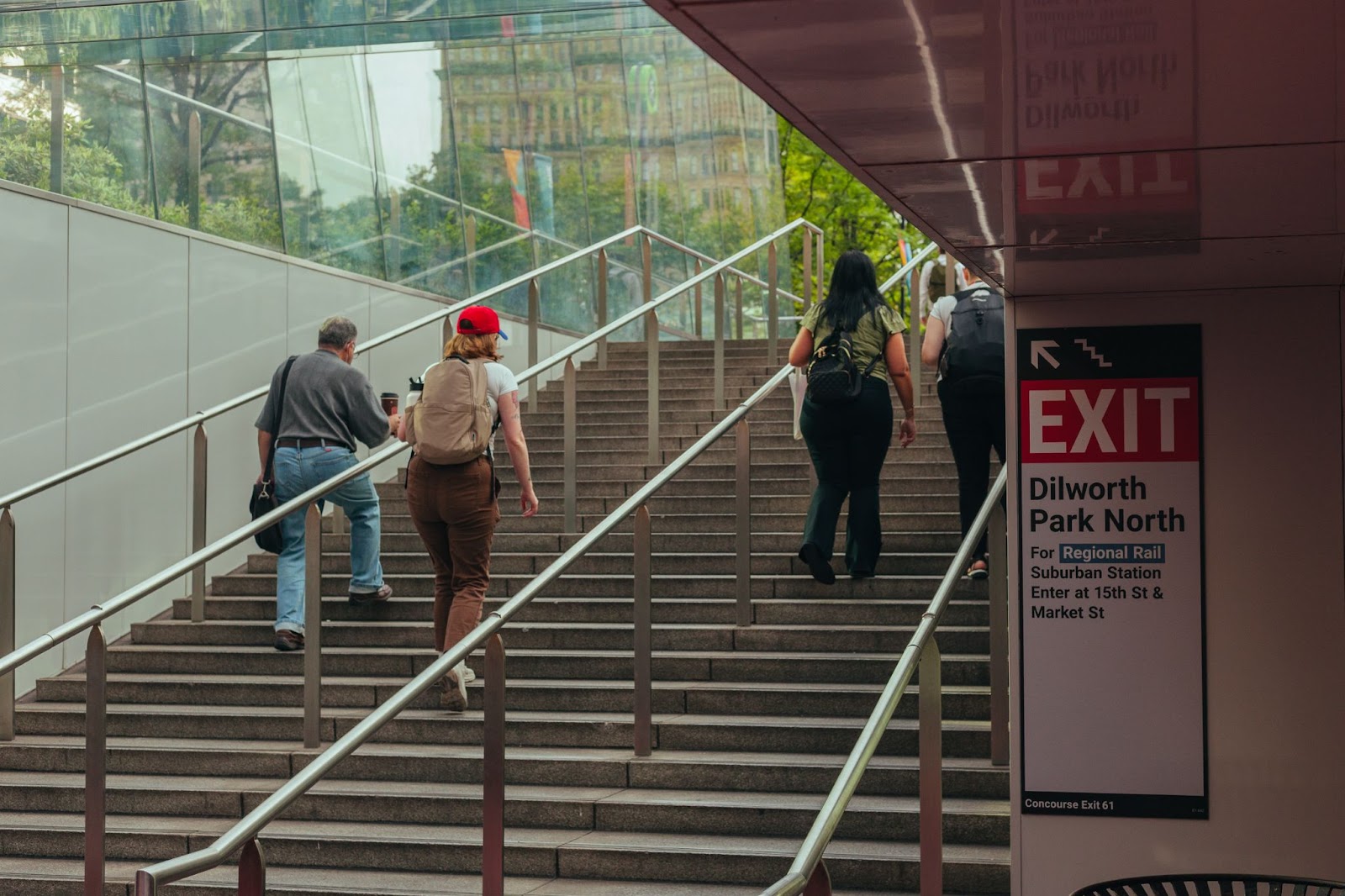
In the summer of 2023, the City of Philadelphia launched an innovative new pilot: free public transit to help low-income residents move around the city. Reaching 25,000 participants in its first two years, it remains one of the largest low-income transit benefit programs of its kind.
Eligible residents received an all-access SEPTA pass for use across the system’s buses, subways, trolleys, trains, and paratransit service for cross-eligible riders, all without worrying about the cost.
Low-income transit benefit programs have existed in America for decades, but Philadelphia took a novel approach to participant qualification and ongoing program administration, which has contributed directly to the program’s success.
To start, the City pursued an unprecedented eligibility model for the program: there is no opt-in or “raise your hand” process. Since it can be difficult to reach the population that would be eligible for this benefit, the Zero Fare team takes it upon themselves to meet the people where they are. As Program Director Nicola Mammes explained, “that’s also why we designed the program the way that we did — that it would be on us to figure out how to reach them.”
Participants do not need to sign any forms or justify their eligibility. Since all of this information is already known by the City, why force people to endure these unnecessary burdens to get access to a vital benefit?
Instead, over 34,000 eligible residents were auto-enrolled, receiving their pass directly in the mail. No forms to fill out, no documentation to prepare, no card activation, no added stigma — just a single envelope containing a free transit card.
Simply open the envelope, tap and go.
For Regina, a Zero Fare program participant who grew up in North Philly and now lives in Germantown, that low barrier to entry was a pleasant surprise.
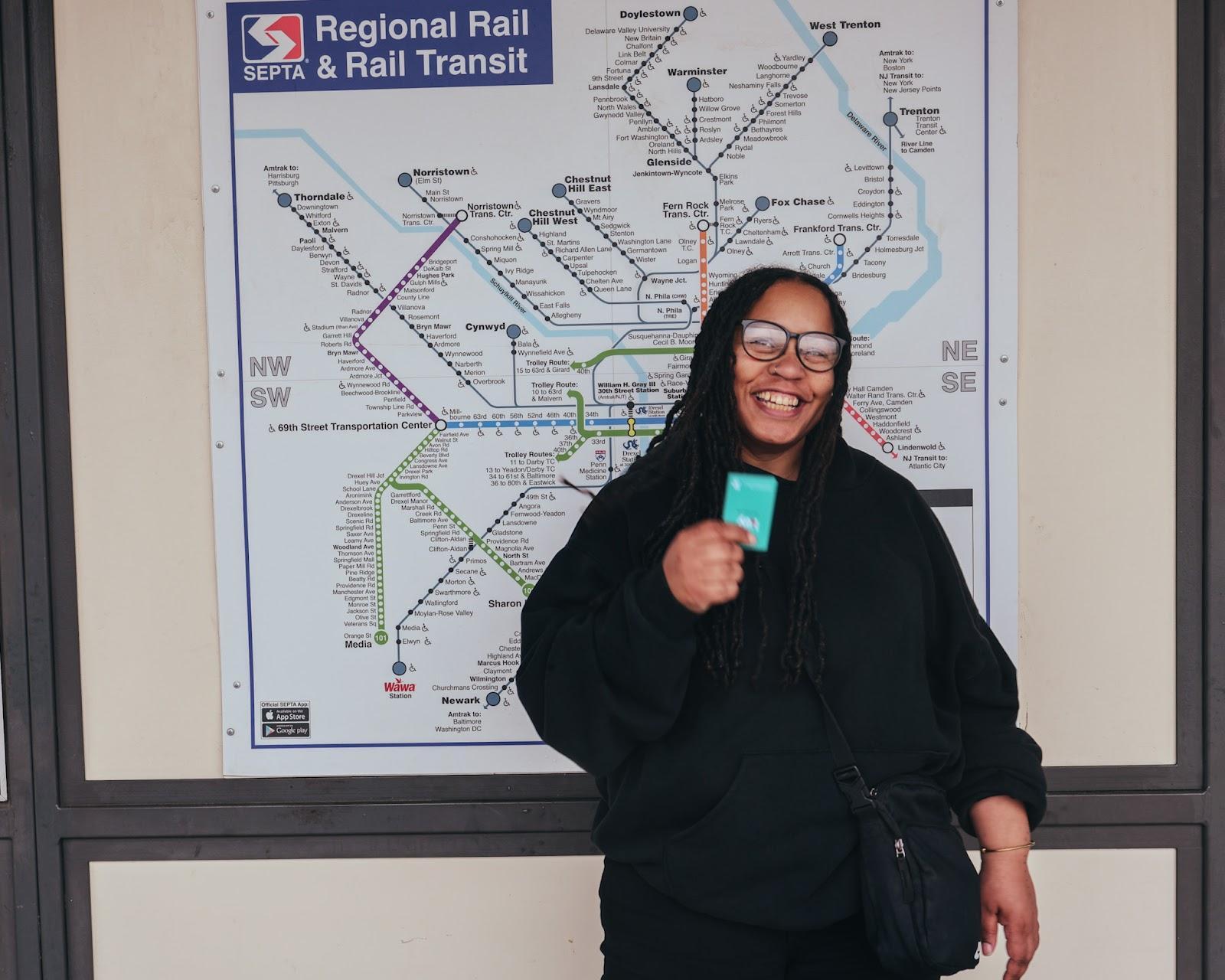
“I [first] got a postcard in the mail saying ‘look out in the mail for something special’ from the Zero Fare program. Then when I got on the bus one day and I saw some signage about it, I said ‘I wonder if that’s it’… and all of a sudden it came in the mail. I was just like, ‘Oh, ok! Well I guess I’m special.’
Receiving the card in the mail was one thing, but believing the card would actually work at the fare gate was another.
“It [seemed] too good to be true… I [thought], ‘Ok, it probably isn’t going to work’. And then I tried it one day and I was like, ‘Ohhh so this is real! It’s actually real!’”
The City also partnered with trusted Community Based Organizations (CBOs) to ensure support for city residents who often work with and trust these local entities.
Over 3,000 participants who were not eligible for automatic enrollment were enrolled through seven CBOs — with program materials printed in at least 20 different languages — showcasing the wide reach of the program and the incredible diversity of Philadelphia. CBOs played a key role in connecting with folks who might not have otherwise heard about the program or known how to get started.
The City opted to work with Jawnt to manage this program’s nuanced operations. In particular, Jawnt’s unified transportation platform was used to support three unique operational processes from three different types of users.
Now at the two year mark since funding the pilot, the program continues to provide the benefit to Philadelphia residents, with meaningful outcomes not only for participants but for their families, friends, the city itself, and SEPTA.
The unique program design, namely automatic enrollment and enrollment through CBO partners, drove a high level of participation among city residents: of the 25,000 residents who received a card in the first year, 63% were enrolled after the first year, averaging approximately 100,000 fully subsidized trips per week as of the last quarter of 2024. The 63% enrollment rate is more than 3x higher than the other income-based, discounted fare programs.
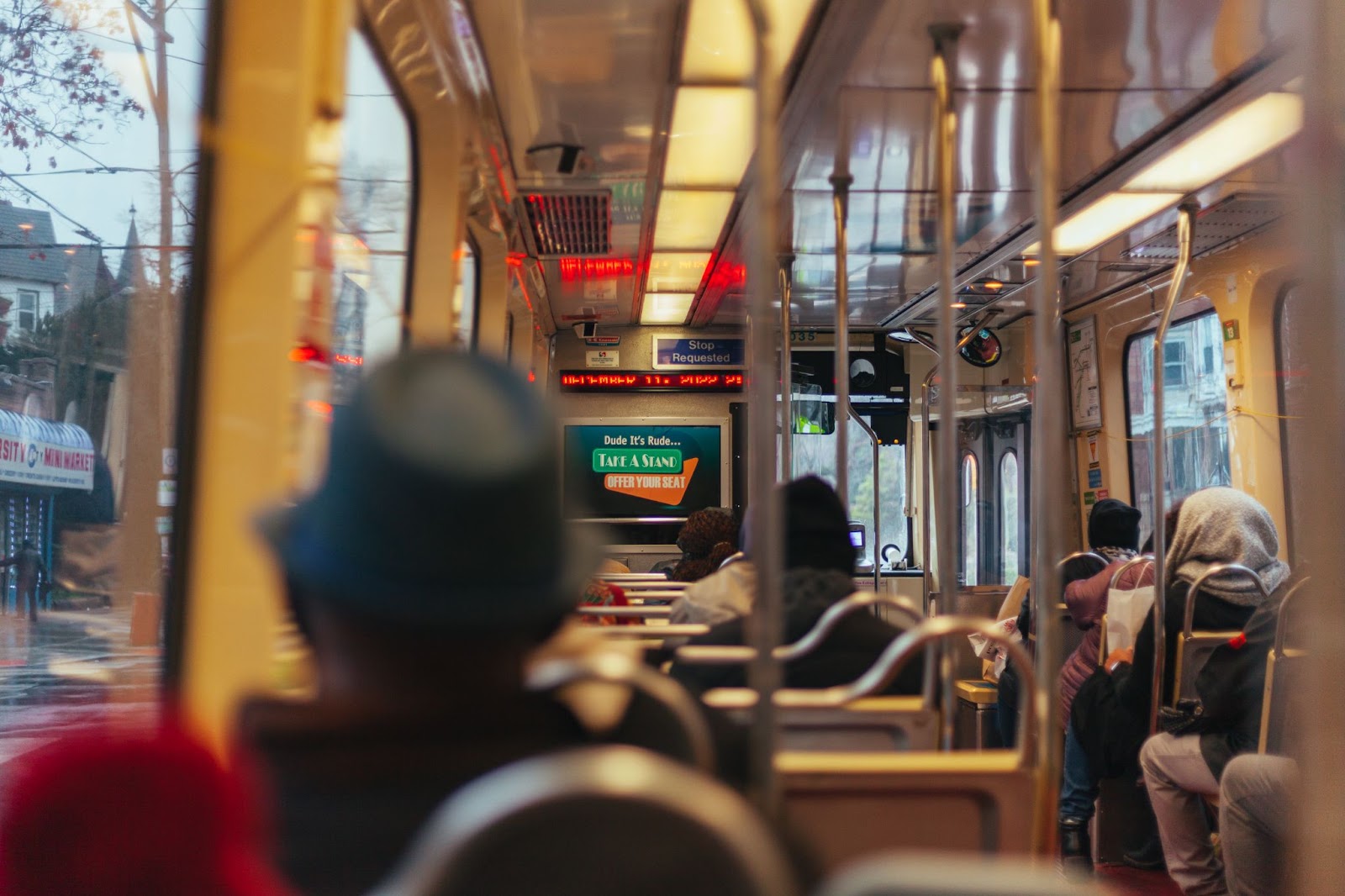
These numbers are unprecedented, but the most powerful results are in the feedback we hear from riders: stories about how it allows them to get to their shift jobs at challenging hours, how they can make it to a medical appointment without added stress or cost, and how they can see their loved ones more often without having to justify spending $5 on the round trip.
It’s impossible to quantify these little quality of life boosts that occur every day with a Zero Fare card in-hand.
David, a Zero Fare program participant and SEPTA rider since early childhood, first read about the program on a bus advertisement. He later learned more from his mother, who used to work for the City.
“She ended up telling me about this program. I was like, ‘Oh, this is the jawn that I read about months ago.’ I was wondering, how can we get it? It’s not a regular program that you can sign up for. I was just fortunate [to be selected]...I was working and I needed it. Every week I was buying a weekly, buying a weekly, buying a weekly.”
For David, SEPTA has been his ticket to freedom since the very beginning. “I learned how to catch SEPTA when I was like six, because I got two older sisters and they taught me early.” Ever since then, he’s used SEPTA to explore all parts of the city. And now his Zero Fare card gets him to and from work every day, but it also gets him out and exploring his home city even more.
“I'm able to go more. See more family. It makes things way more convenient.”
As for the money he saves each month. “Oh, either I save it or it's going to bills.”
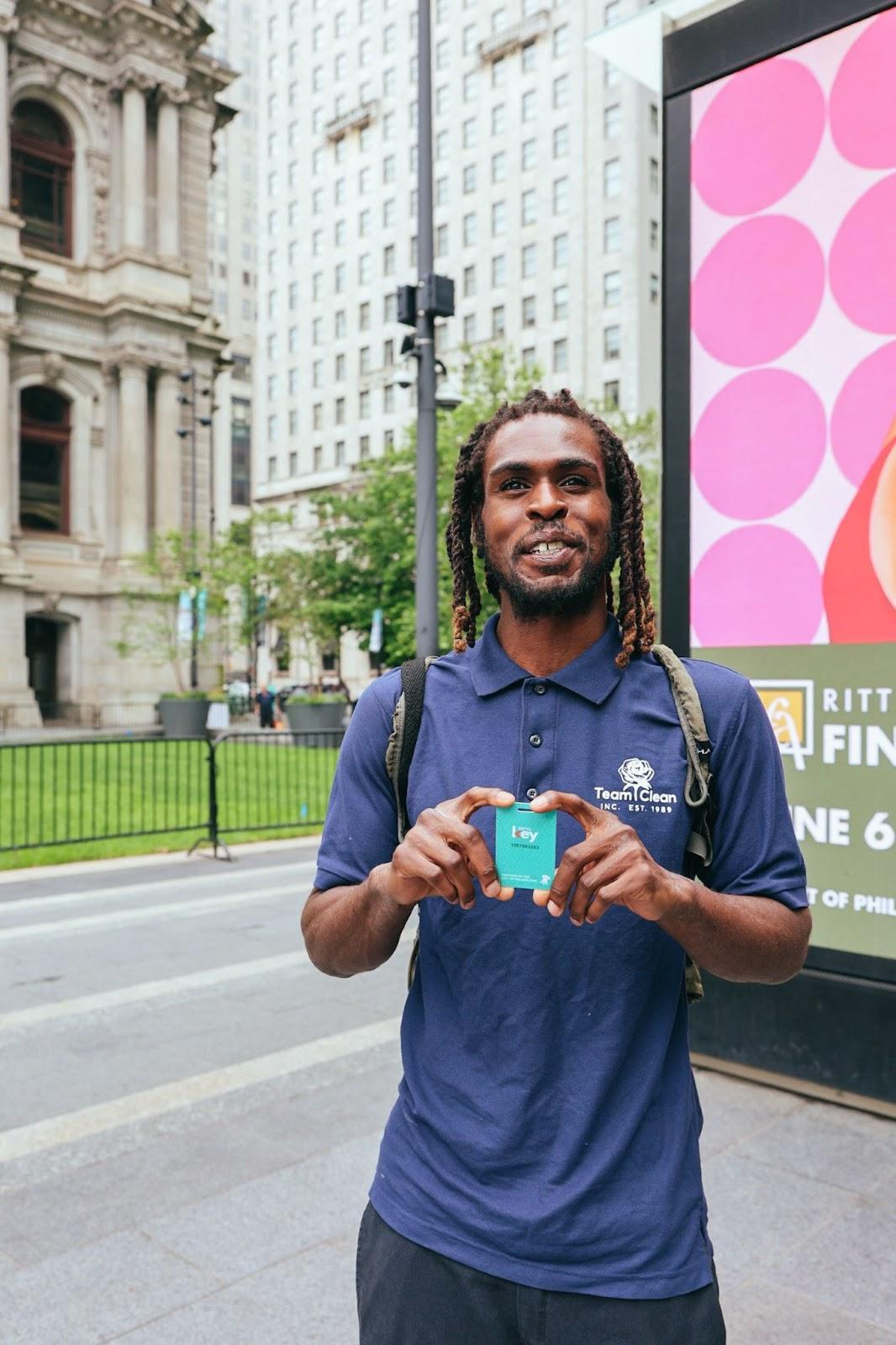
Laverne, a North Philly resident and Zero Fare program participant, grew up in the '60s and '70s in Brooklyn, NY and moved to Philly when she was 15. Though she still claims to be “New York through and through”, you wouldn’t know it by her sports (and transit) allegiances.
“I’m a die hard Eagles fan. My AAA card is the Eagles [logo]!”
Laverne can name the entire Sixers starting five from the 1983 team that swept the Lakers in the NBA Finals. “I still have the brooms,” she says.
And lastly, she prefers SEPTA to the MTA, New York’s transit system. “You can get anywhere in Philadelphia from Broad & Erie Avenue. Anywhere. And I love it that way.”
Laverne first heard of the Zero Fare program through a postcard in the mail, and then she received the Zero Fare card itself in the mail shortly afterwards.
Though she has a car, she prefers taking transit around the city. “The cost of gas is crazy… so it's more convenient and I don't have to worry once I'm there. My fare is paid for, I don't have to worry about parking, I don't have to worry about gas.”
One of the best parts of the program, Laverne says, is the peace of mind that comes with an all-access pass. “You really don't have to worry because you know it's there… before I had the [Zero Fare] card I would be like, ‘okay… let me make sure it's loaded’. And now I don't have to worry about it.”
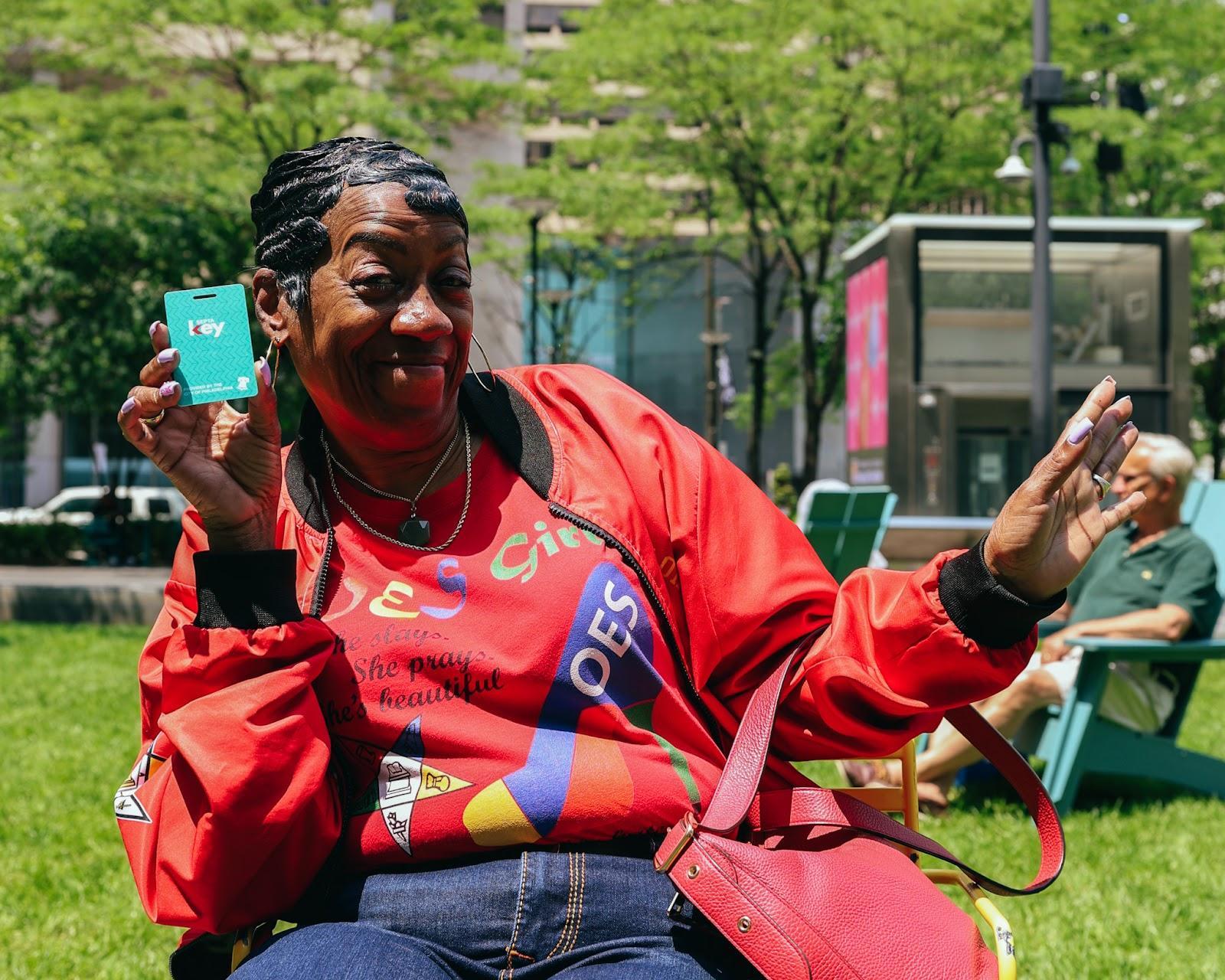
Philadelphia is undergoing a change, with Center City office occupancy still meaningfully below pre-pandemic levels. Philadelphia thrives when people are moving through the city — and not just by car.
Econsult Solutions recently said that if SEPTA has to cut service and increase fares, it would result in an estimated 40 million additional vehicle trips per year. Center City would come to a crawl, traffic injuries would increase, and costs would be shifted to individual households, resulting in $62.1 million in additional operating costs for car owners.
The Zero Fare program gets people on transit, ensuring downtown is accessible without a personal vehicle. Programs like Zero Fare, although for income-eligible Philadelphians, benefit everyone in the city because when transit systems get dedicated operating funds to run the system, they rely less on needing to raise fares to continue running service. They can re-focus on maintaining and improving service at more affordable rates.
Not only that, SEPTA (and all transit) improves with density: more people riding justifies more frequent service, which warrants greater investment, which means more safety, and the virtuous cycle continues.
It makes residents like Regina more likely to become frequent riders and advocates of public transit. “I think it helps people feel much more connected with SEPTA, and I think if they do more programs like this, it would be really beneficial for a lot of people in the city. I hope that they keep this program ongoing.”
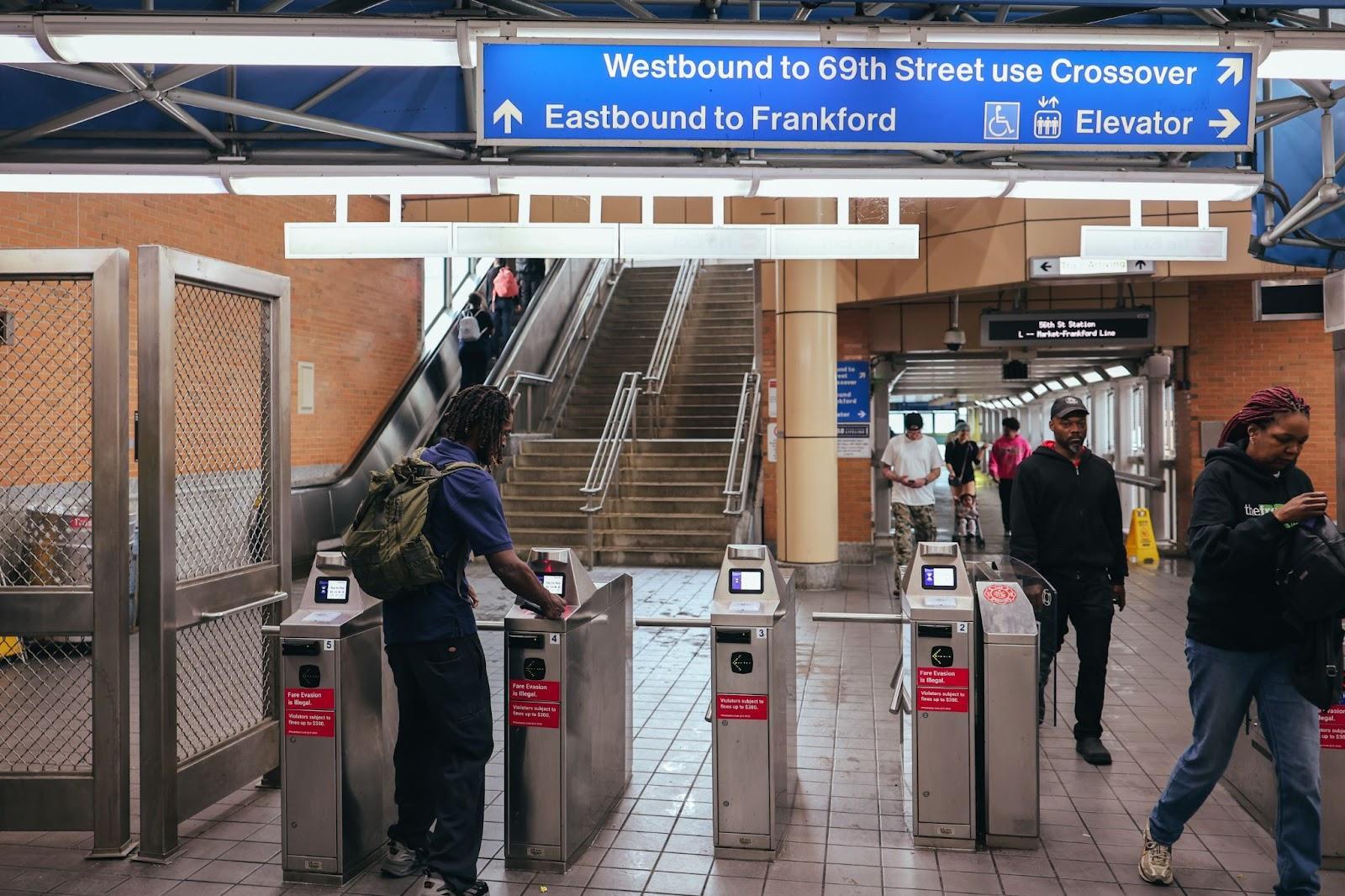
David’s most common card tap is for his commute to work, but he also uses it to further his hobbies — like collecting football and baseball cards (“I just got the Cooper DeJean rookie card!”). Above all, he is grateful to the City for offering this program.
“I [would tell them] thank you for the program because like I said, this helped a lot of people. Like, y'all really don't know. Just a lot of people in a good way… I'm thankful. I hope they continue the program and they get bigger than it is now so everybody can get a chance to experience it.”
Regina’s first tap with the Zero Fare card was to get to her job in Center City. Since then, she’s used it for much more than her daily commute — tapping her card to get to doctor's appointments, trips to King of Prussia and Reading Terminal Market, it even gets her partway to New York City for weekend trips to Brooklyn.
“I’m also a grandmother, and it helps me see my grandkids.”
Laverne uses the card for everything from doctor’s appointments at Temple and Jefferson to leisure trips to Reading Terminal Market or The Gallery. She hopes that the program can continue, at least until she turns 65 and becomes eligible for SEPTA’s Senior Fare Program. “I love the program. I want it to continue, continue, continue. Because it's great. I would not be on public transportation this much without the Zero Fare because like I said, I don't have to load up a card. It's already loaded… I love it and I just hope they extend the program. I really do. I hope they extend it because I love it.”
